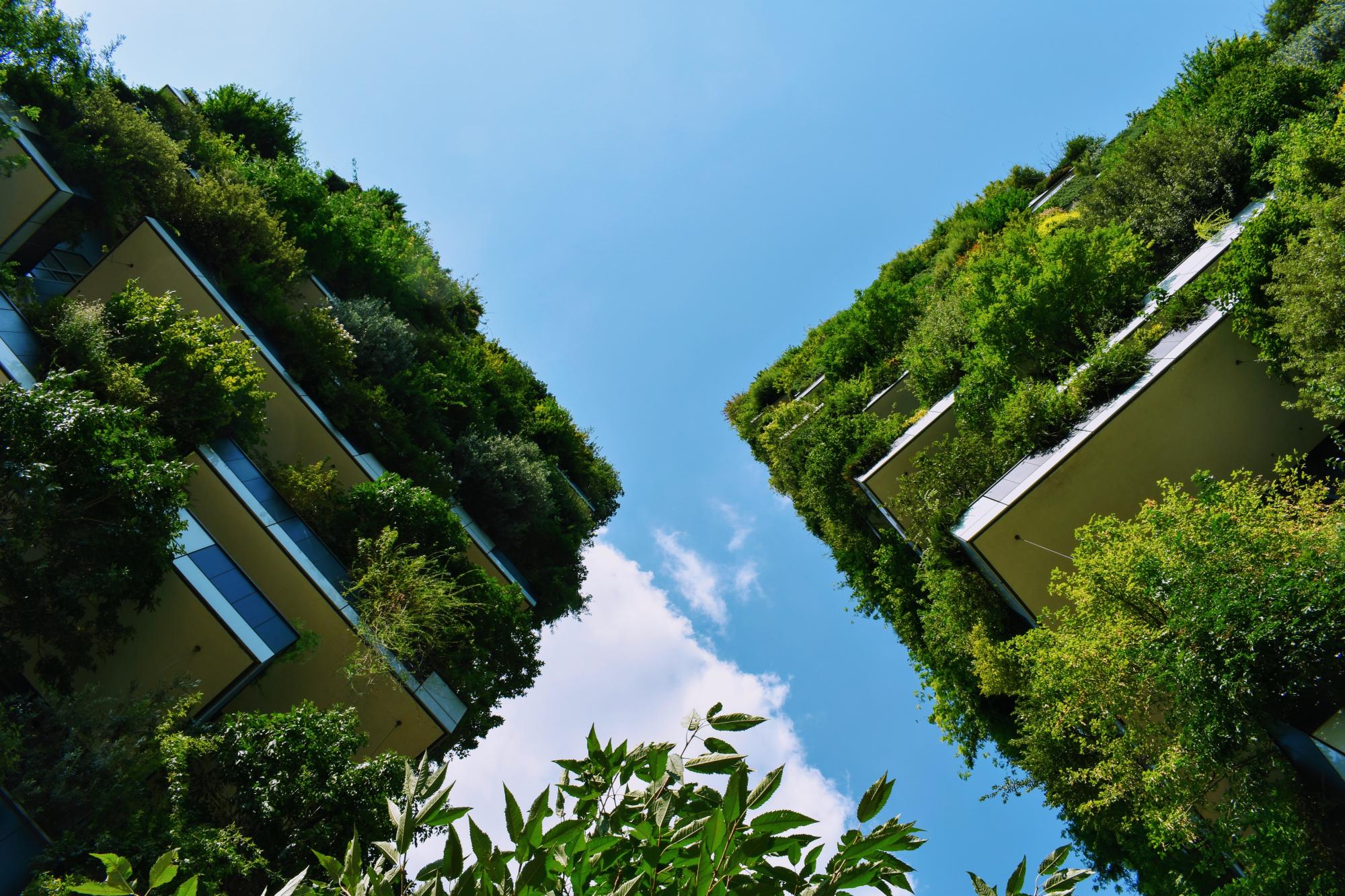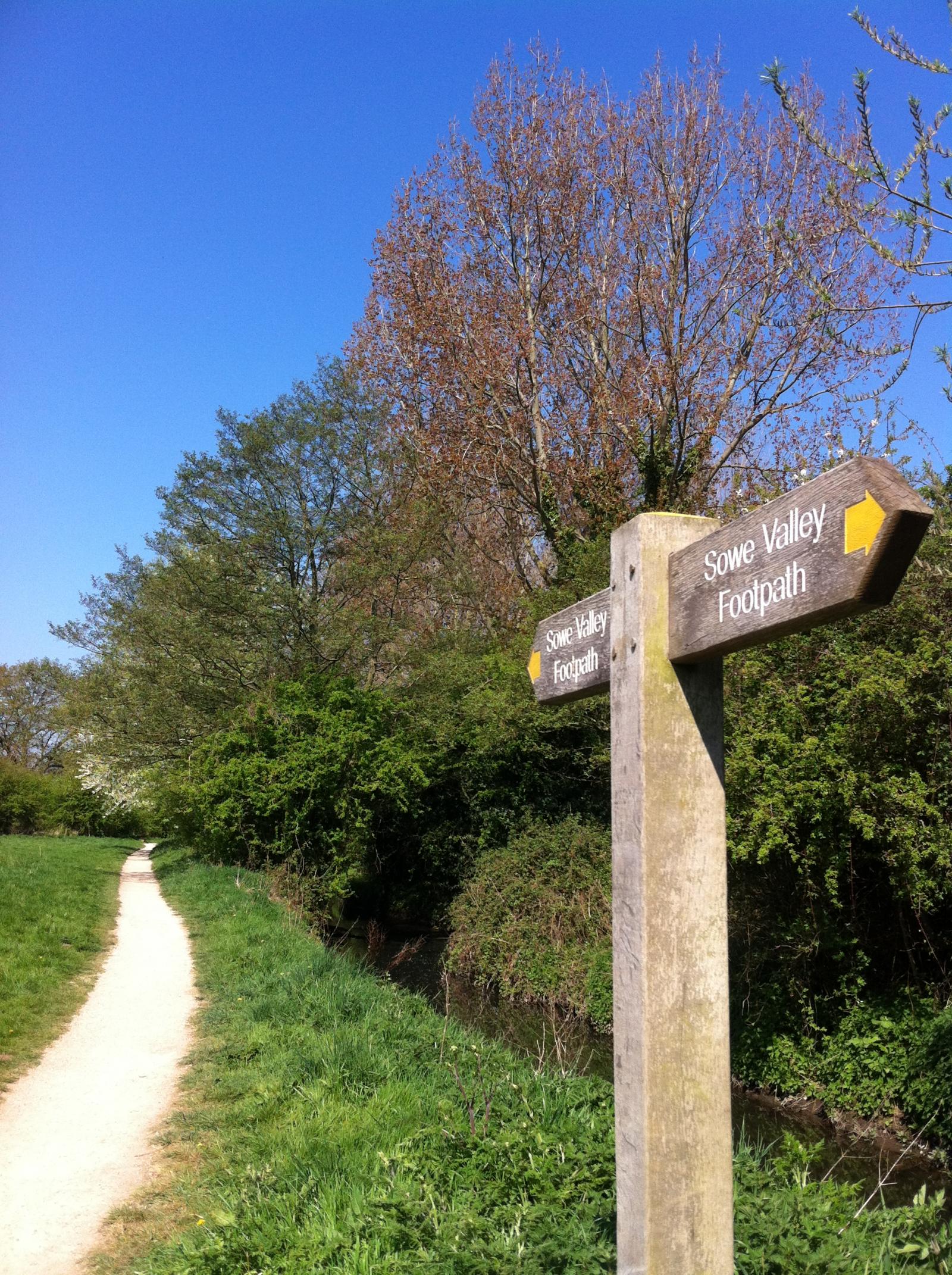Last updated: October 2021
The Sowe Valley Project was a community-based project focusing on rivers restoration. It aimed to link the local community with the Sowe River Valley and to improve the valley’s biodiversity and habitats for the benefits of people and wildlife. (Ref. 2, 6, 11-13)
Overview
Nature-based solution
- Parks and urban forests
- Green corridors and green belts
- Blue infrastructure
- Rivers/streams/canals/estuaries
Key challenges
- Water management (SDG 6)
- Improvements to water quality
- Green space, habitats and biodiversity (SDG 15)
- Habitat and biodiversity restoration
- Habitat and biodiversity conservation
- Green space creation and/or management
- Inclusive and effective governance (SDG 16)
- Inclusive governance
- Social justice, cohesion and equity (SDG 10)
- Environmental education
- Social cohesion
- Social interaction
- Health and well-being (SDG 3)
- Enabling opportunities for physical activity
- Improving physical health
- Creation of opportunities for recreation
- Cultural heritage and cultural diversity
- Preservation of natural heritage
Focus
Maintenance and management of urban nature, Protection of natural ecosystems, Knowledge creation and awareness raising, Monitoring and maintenance of habitats and/or biodiversity, Management and improved protection of rivers and other blue areas
Project objectives
The project aimed to improve the Sowe River Valley for people and wildlife by meeting the following objectives:
- Protecting, enhancing and connecting local populations of species including otters, water voles, and wetland birds.
- Helping wildlife adapt to climate change.
- Developing new, appropriate management plans for five key sites along the Sowe to improve biodiversity.
- Managing non-native species including the removal of Himalayan balsam and mink monitoring and control.
- Engaging with schools to encourage them to utilise the river valley within their curriculum.
- Promoting access to and enjoyment of the Sowe Valley.
- Encouraging local residents to access, enjoy and use green space through activities, events and walks.
- Creating a legacy to ensure people continue to look after the Sowe Valley. (Ref. 2,7)
Implementation activities
Implementation activities include training, volunteering, and events in "footpath clearance, native bankside planting, river clean ups, habitat creation, removing invasive species and supporting work to encourage native species to return including working in partnership with the Coventry Water Vole Project” (Ref. 1) Educational activities such as water vole or bat identification were also conducted (Ref. 2)
Biodiversity conservation or restoration-focused activities
Biodiversity conservation:
- Protect and enhance urban habitats
- Preserve and strengthen existing habitats and ecosystems
- Create new habitats
- Preserve and strengthen habitat connectivity
- Reduce negative impacts and avoid the alteration/damage of ecosystem
- Protect species
- Undertake specific measures to protect species
- Undertake specific measures to protect native species
- Undertake specific measures to protect valued species
- Control and clean invasive alien species
- Means for conservation governance
- Raise public awareness
- Public engagement
Biodiversity restoration:
- Rehabilitate and restore damaged or destroyed ecosystems
- Restore species (native, endangered, or unspecified)
- Clear and control invasive alien species
Main beneficiaries
- Local government/Municipality
- Public sector institution (e.g. school or hospital)
- Non-government organisation/Civil Society
- Citizens or community groups
- Marginalized groups: Socio-economically disadvantaged populations (e.g. low-income households, unemployed), Other
Governance
Management set-up
- Led by non-government actors
Type of initiating organisation
- Private foundation/trust
Participatory approaches/ community involvement
- Dissemination of information and education
- Consultation (e.g. workshop, surveys, community meetings, town halls)
- Joint implementation (e.g. tree planting)
- Citizen oversight (e.g. boards, advisory)
- Other
Details on the roles of the organisations involved in the project
A Warwickshire Wildlife Trust project. Partners to the project are: Natural England, Environment Agency, local authorities (i.e. Coventry City Council supports the project), Bovis Homes, Westbury Partnerships, Keepmoat Homes. The project also includes local residents and volunteers. (Ref. 7, 3, 1)
Project implemented in response to ...
... an EU policy or strategy?
Unknown
... a national policy or strategy?
Unknown
... a local policy or strategy?
Unknown
Financing
Total cost
€100,000 - €500,000
Source(s) of funding
- Public national budget
- Funds provided by non-governmental organization (NGO)
- Private Foundation/Trust
Type of funding
- Earmarked public budget
- Direct funding (grants, subsidies, or self-financed projects by private entities)
- Donations
Non-financial contribution
Type of non-financial contribution
- Provision of labour
- Other
Who provided the non-financial contribution?
- Public authorities (e.g. land, utility services)
- Citizens (e.g. volunteering)
Impacts and Monitoring
Environmental impacts
- Water management and blue areas
- Improved water quality
- Enhanced protection and restoration of freshwater ecosystems
- Green space and habitat
- Increased conservation or restoration of ecosystems
- Reduced biodiversity loss
- Increased number of species present
- Improved prevention or control of invasive alien species
Economic impacts
- Unknown
Socio-cultural impacts
- Social justice and cohesion
- Improved social cohesion
- Improved access to urban green space
- Increased visibility and opportunity for marginalised groups or indigenous peoples
- Increased opportunities for social interaction
- Increased involvement of locals in the management of green spaces
- Health and wellbeing
- Gain in activities for recreation and exercise
- Cultural heritage and sense of place
- Improvement in people’s connection to nature
- Protection of natural heritage
- Increased awareness of flora and fauna as culturally and historically meaningful
- Increased appreciation for natural spaces
- Education
- Increased support for education and scientific research
- Increased knowledge of locals about local nature
- Increased awareness of NBS and their benefits
- Other
Type of reported impacts
Achieved impacts
Presence of formal monitoring system
Yes
Presence of indicators used in reporting
Yes
Presence of monitoring/ evaluation reports
Yes
Availability of a web-based monitoring tool
No
References
Ref. 1. Warwickshire Wildlife Trust (n.d.) Sowe Valley Project. What we do. The Wildlife Trusts. Warwickshire. [Not available in 2020].
Ref. 2. Maton, E. (2016) River Sowe Valley project. (Accessed: 17 August 2020).
Ref. 3. Warwickshire Wildlife Trust (2009) Annual Review 2009. The Wildlife Trusts, Warwickshire. [Not available in 2020].
Ref. 4. Warwickshire Wildlife Trust (n.d.) People, Communities and Partners: Sowe Valley Learning Paper 2. The Wildlife Trusts. Warwickshire. [Not available in 2020].
Ref. 5. Warwickshire Wildlife Trust (2013) Sowe Valley Volunteer Timetable September 2013-November 2013. Sowe Valley project. [Not available in 2020].
Ref. 6. Friends of Sowe Valley (n.d.) Friends of Sowe Valley. Facebook page/group. (Accessed: 17 August 2020).
Ref. 7. Warwickshire Wildlife Trust (n.d.) Sowe Valley. The Wildlife Trusts. Warwickshire. [Not available in 2020].
Ref. 8. WWT (2015) Warwickshire, Coventry and Solihull Local Biodiversity Action Plan. Parks & Public open spaces. [Not available in 2020].
Ref. 9. The Wildlife Trusts (2010) A living landscape. [Not available in 2020].
Ref. 10. Warwickshire Wildlife Trust (n.d.) Local biodiversity action partnership (LBAP). The Wildlife Trusts. Warwickshire. [Not available in 2020].
Ref. 11. Icarus. (2014). Access to Nature: Inspiring people to engage with their natural environment. (Accessed: 17 August 2020).
Ref. 12. Icarus. (2013). Free to Explore – Access to Nature: Early Findings Paper. (Accessed: 17 August 2020).
Ref. 13. Icarus. (2013). A Learning Programme – Access to Nature: Learning Papers. (Accessed: 17 August 2020).
Ref. 14. Cardiff Capers. (2016). Sowe Valley footpath. (Accessed: 17 August 2020).
Ref. 15. Warwickshire Wildlife Trust. (n.d.). Warwickshire Wildlife Trust. (Accessed: 20 August 2020).
Ref. 2. Maton, E. (2016) River Sowe Valley project. (Accessed: 17 August 2020).
Ref. 3. Warwickshire Wildlife Trust (2009) Annual Review 2009. The Wildlife Trusts, Warwickshire. [Not available in 2020].
Ref. 4. Warwickshire Wildlife Trust (n.d.) People, Communities and Partners: Sowe Valley Learning Paper 2. The Wildlife Trusts. Warwickshire. [Not available in 2020].
Ref. 5. Warwickshire Wildlife Trust (2013) Sowe Valley Volunteer Timetable September 2013-November 2013. Sowe Valley project. [Not available in 2020].
Ref. 6. Friends of Sowe Valley (n.d.) Friends of Sowe Valley. Facebook page/group. (Accessed: 17 August 2020).
Ref. 7. Warwickshire Wildlife Trust (n.d.) Sowe Valley. The Wildlife Trusts. Warwickshire. [Not available in 2020].
Ref. 8. WWT (2015) Warwickshire, Coventry and Solihull Local Biodiversity Action Plan. Parks & Public open spaces. [Not available in 2020].
Ref. 9. The Wildlife Trusts (2010) A living landscape. [Not available in 2020].
Ref. 10. Warwickshire Wildlife Trust (n.d.) Local biodiversity action partnership (LBAP). The Wildlife Trusts. Warwickshire. [Not available in 2020].
Ref. 11. Icarus. (2014). Access to Nature: Inspiring people to engage with their natural environment. (Accessed: 17 August 2020).
Ref. 12. Icarus. (2013). Free to Explore – Access to Nature: Early Findings Paper. (Accessed: 17 August 2020).
Ref. 13. Icarus. (2013). A Learning Programme – Access to Nature: Learning Papers. (Accessed: 17 August 2020).
Ref. 14. Cardiff Capers. (2016). Sowe Valley footpath. (Accessed: 17 August 2020).
Ref. 15. Warwickshire Wildlife Trust. (n.d.). Warwickshire Wildlife Trust. (Accessed: 20 August 2020).


